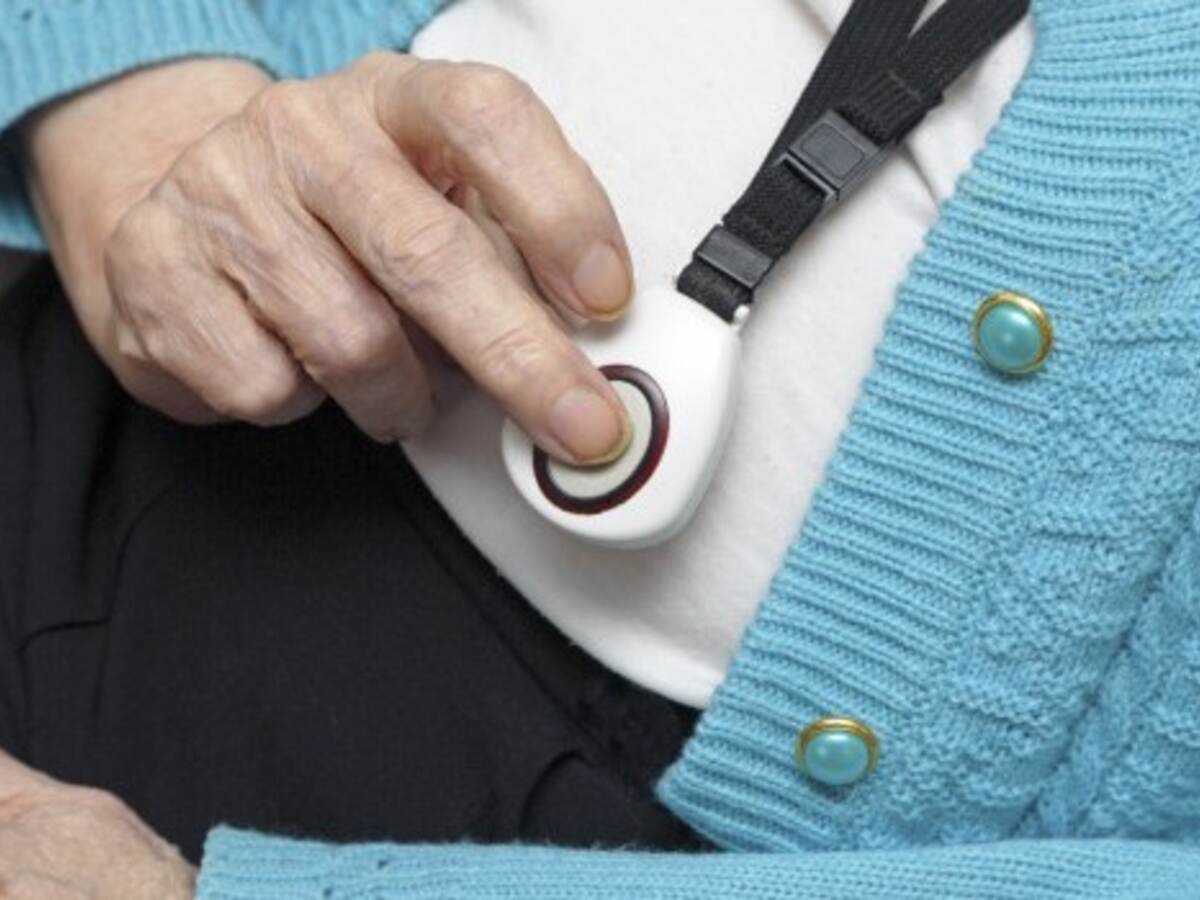January 12, 2016
More manufacturers are designing safety and security into their IoT devices from the start, and many organizations are turning to UL to tap its expertise in these areas. In some cases, longstanding products are being reimagined with Internet of Things technology (IoT). One case in point: medical alerts for the elderly.
Ninety percent of adults 50 and older would prefer to “age in place,” or in their homes, instead of in nursing homes, and medical alert systems help seniors maintain their independence safely. New advances in mobile capabilities and sensors are now built into medical alert systems, allowing for the connectivity opportunities offered by the “Internet of Things.”
Related, UL 2900-2-3 Helps Mitigate IoT Cybersecurity Risk
When working with manufacturers on IoT-based medical alert systems, UL engineers focus on the following key areas:
- Product Durability: UL puts devices through a number durability tests, including submerging them in water or dropping them from various heights. The outer materials must be durable enough to protect sensitive electronics. In addition, the durability tests take into account the many ways that people can inadvertently put stress on the devices.
- Device Integrity: As the lifeblood for many elderly or home-bound residents, medical alerts require very high levels of reliable connectivity. UL’s tests help ensure that the user can confirm that the device is functioning properly. Moreover, UL tests the effectiveness of the signal in maintaining communications for urgent help from emergency professionals.
- Security: Security of the devices is one of the most important considerations for IoT-based medical alerts, as they are designed to transmit sensitive information across a wireless connection. UL’s analysis includes determining whether an outside source can disrupt the operation of the system. Moreover, UL tests whether the manufacturer has taken the measures needed to secure the device, as well as keep data private.
- Battery Integrity: Medical alert systems are designed to be mobile, to allow senior citizens to move about their normal lives in their homes. As a result, the batteries, which often are rechargeable, are subjected to rigorous battery tests by UL, to help ensure that they will perform as needed and up to safety standards.
IoT holds significant promise for many people, especially for those with health concerns who want to live an independent life. UL’s stringent testing of these promising devices are helping to make sure the reality matches the promise.

